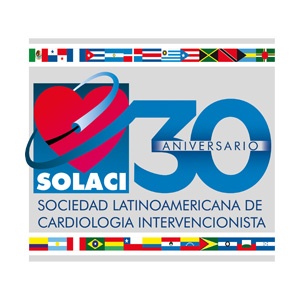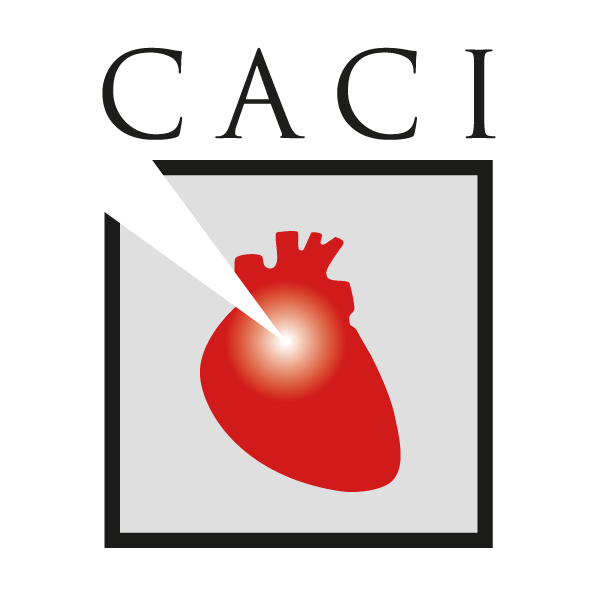Observational studies identified two genes that influence the dose of warfarin (CYP2C9 and VKORC1). The clinical utility of dose adjustment by genetics has been tested only in small studies with conflicting results.
In this multicenter, double-blind randomized 1015 patients comparing strategy initiation of therapy using only clinical information versus using patient’s genotype. The primary endpoint was the percentage of time with a proper RIN (between 2 and 3), the secondary end point was a RIN of >4 or severe clinical event (thromboembolism or bleeding). At 4 weeks of treatment time the percentage of correct range in guided patients by genetics was 45.2 % versus 45.4 % in those clinically guided (p = 0.9 ) . The RIN >4 rate, major bleeding or thromboembolism per year were similar.
Conclusion:
Warfarin dosage adjusted by genetics does not improve coagulation control during the first 4 weeks of treatment.
7_stephen_kimmel_articulo
Stephen Kimmel
2013-11-19
Original title: The Clarification of Optimal Anticoagulation through Genetics (COAG) Trial




